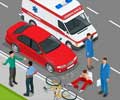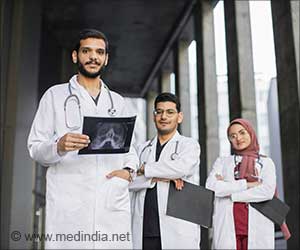The number of emergency admissions to hospital via accident and emergency departments increased markedly in England from 2001/02 to 2010/11, while the number via general practitioners decreased.

Lead author, Thomas Cowling, NIHR Doctoral Research Fellow, from the School of Public Health at Imperial College London, said: "Our findings suggest that the role of A&E departments as portals for emergency admission grew in England between 2001/2 and 2010/11, while the role of GP practices appears to have reduced. In other words, the decision to admit patients to hospital increasingly came from A&E staff, rather than GPs. This trend is curious and the explanation is currently unclear."
The authors describe several factors that could help to explain the findings. These include demographic changes in the English population; the lowering of thresholds in A&E departments for admitting patients who would previously have been managed in A&E alone; increased failure of management in primary care and outpatient settings; the growth of acute medicine as a specialty; and changes in patients' healthcare-seeking behaviour.
Cowling added: "Whatever the explanation, the role of A&E departments as portals for emergency admission has grown, despite efforts to reduce A&E attendance rates and national recommendations to support direct admission to acute medical care." He continued: "A&E staff now have increased responsibility as gatekeepers for inpatient care and as care coordinators, which is not reflected in how A&E departments' activity is measured or reimbursed." Medical staff issues compound the problem with low recruitment into higher specialty training and unfilled consultant posts.
The authors report that large-scale redesign of the delivery of urgent and emergency care services is believed by some to be the solution, citing the redesign of services planned for northwest London. There, A&E resources will be concentrated by having major A&E departments at fewer hospitals while placing 24/7 GP-led urgent care centres at both local and major hospitals with access to X-ray and other diagnostic services. The major A&E departments at Hammersmith and Central Middlesex Hospitals closed in September 2014.
Cowling concluded: "New models of urgent care services that employ GPs in or alongside A&E departments as gatekeepers to specialist urgent care ought to be evaluated before they are scaled up to avoid further ad hoc developments. This also applies to the current government's pilot scheme of extended opening hours in general practice."
Advertisement
Source-Eurekalert









